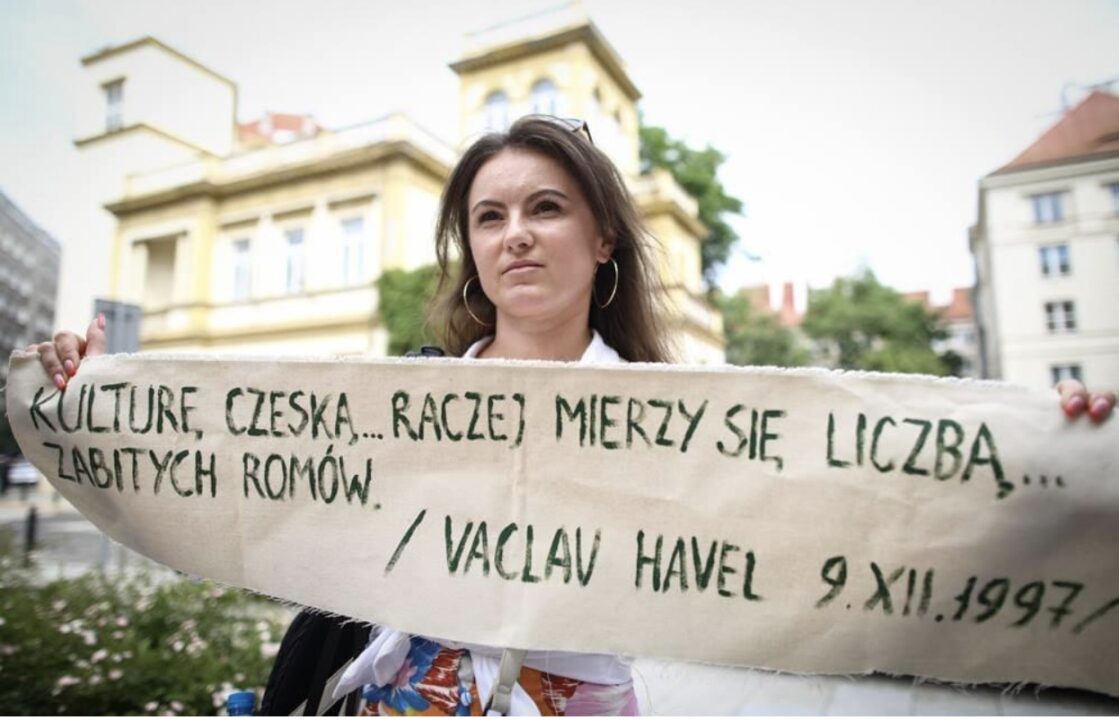Belgium (Brussels Morning Newspaper) The decision of the European Commission to take Slovakia to the Court of Justice of the European Union for illegal segregation against Roma children means that, at least in this case, the Roma have a chance to be served justice. In legal terms, this is a historic case that will create a precedent for generations to come.
This has been a hard and long battle. Alarm bells began to ring many years ago when civil society and human rights organizations reported that the majority of Roma children are placed in schools and classes for mentally disabled children. In the school year 2008-2009, the Roma Education Fund reported that 60% of Roma pupils are placed in special schools and classes. In 2013, the Slovak Ombudsman reported that Roma represented over 88 percent of pupils of special classes and schools for pupils with mild mental disabilities.

EU infringement proceedings against Slovakia started in 2015 when for the first time the Commission officially warned Slovakia that is breaching the EU’s Race Equality Directive and needs to change its illicit practice against the Roma children. The country was warned a second time in 2019 and asked again to ensure that Roma children have access to education free of discrimination and segregation.
Since then, the government has made some cosmetic policy and legislative changes, but they have not brought the necessary change for the children on the ground. In fact, FRA reports that in 2021 the most segregated children are in Slovakia (of all EU countries with a significant Roma population) 65% are educated away from the mainstream which is an increase of 5% in comparison to 2016. Discrimination in employment doubled in Slovakia between 2016 and 2021, respectively from 22% to 45%. The proportion of young Roma aged between 16-24 not in employment, education, and training (NEET) has also significantly increased, from 52% to 60%, while for the general population, the number is 11%.
The Slovak case is not the first infringement case of the European Commission on this topic. In 2014 the Commission launched its first-ever infringement case against the Czech Republic for similar reasons as in the Slovak case. However, while the Slovak case reached this stage of infringement level as a procedure, the Czech case has not moved even an inch. The Czech Republic has allowed Roma children to be funneled into separate schools, in breach of European Human Rights law for decades. Although in 2007 the European Court of Human Rights ordered the government to end discrimination against Roma children in its famous ruling ‘D.H. and Others v Czech Republic’, the practice has not changed.

The 2022 internal study conducted by Czech CSOs, Awen Amenca, and Forum for Human Rights, supported by the Open Society Foundations, found that disturbingly little has changed since the 2007 ruling and that the majority of children continue systematically to attend an inferior education.
Why is this so? There are many reasons, including a lack of interest and initiatives at the local level. So, even if the small legislative and policy changes are made at the national level, they are not implemented at the local, school level. Blatant racism is another challenge – non-Roma parents do not want their kids to study with Roma children – often referred to as the ‘white flight’ phenomenon at schools.
A third reason is that Roma parents do not know or are unable to comprehend the impact of these practices on their children’s future employment chances in the labor market. We need more rigorous involvement and enforcement of government policies at local and regional levels.
Further, research shows that testing practices for diagnosing children with disabilities are riven with incompetence, tainted by overt racism, and routinely violate Roma parents’ right to informed consent. In a study conducted to understand this practice, an anonymous teacher from Vizina primary school, located in Ostrava, Czech Republic, revealed that frequently, a child is examined without the parent knowing about it and is examined in mere 20 minutes! The fact that schools receive more funding for students with mild mental disabilities perhaps encourages this.
The new EU Roma Strategic Framework aims to tackle persistent discrimination and to improve the inclusion of Roma people in education. Its objective in education by 2030 is to cut at least in half the proportion of Roma children attending segregated primary schools, including in countries like Slovakia and the Czech Republic. But is this realistic to happen considering the last experience?
The first 2011 Framework has brought almost no results, even though so much EU money was available to these countries to address the problem of education for children. EU social inclusion and antipoverty funding, including also for Roma, was available in 2014-2020, for Slovakia around €400 million and for the Czech R. around € 4 billion. Was this money used in vain, or did they bring some results – it is not clear. The Commission officers should not just read reports of how the money is spent and attend from time to time meetings with national authorities. They need to engage more often on the ground where projects are implemented and conduct thorough investigations on how these billions of euros for Roma inclusion are being. Up to date no country has been penalised nor held accountable for its lack of progress in the area.
Going back to the children, the big question is what will happen from now on? The ball is in the courtyards of the Court, the European Commission, and the Slovak government. Will Roma children and parents finally receive the long-awaited justice after so many years or will business continue as usual until they will finally wake up and decide to do something about it?








